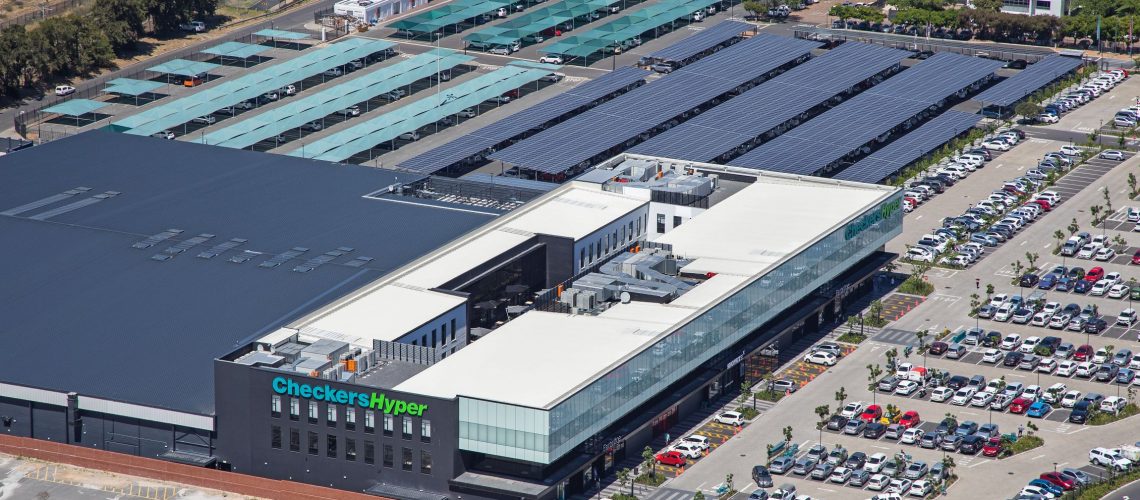The Shoprite Group aims to power 25% of its operations with renewable energy over the next five years and has added 22 new solar PV (photovoltaic) sites between February and September 2021, more than doubling its solar capacity.
This is in line with the Group’s strategy to mitigate climate change, in which solar PV rollout and procurement, including a significant number of solar-powered refrigerated trucks and trailers, plays a significant role.
Sustainability Manager, Sanjeev Raghubir, said the Group is intent on reducing its indirect greenhouse gas emissions by using more renewable energy, and continuously improving energy efficiency to manage its electricity costs which approaches R3bn a year.
At the same time, the Group is strengthening the resilience and adaptive capacity of its operations and supply chain to ensure responsible business continuity, and that of the local communities in which it operates.
The new solar PV installations represent a 138% increase to 29 280MWh per year. This output, generated by solar panels spread across the equivalent of 14 rugby fields, could power 2 674 households for a year, thus easing the pressure on the national grid.
These new sites include Shoprite stores in Ficksburg, Bethlehem Kroonstad, De Aar, Bronkhorstspruit, Brakpan, Vryburg, Delft, Worcester, Beaufort West, Paarl, Kraaifontein and Ondangwa in Namibia. Checkers stores with new solar installations include Welkom, Virginia Circle, Zevenwacht, Stellenbosch, Protea Heights and Checkers Hypers in Sandown and Sun Valley.
The Group now has 41 solar PV installations at two distribution centres (Basson and Centurion), 38 supermarkets in South Africa and Namibia, as well as a parking lot at its home office.
Plans to continue to install solar and other renewable power will go a long way towards realising the Group’s climate change objectives and targets, specifically net-zero greenhouse gas emissions by 2050.

